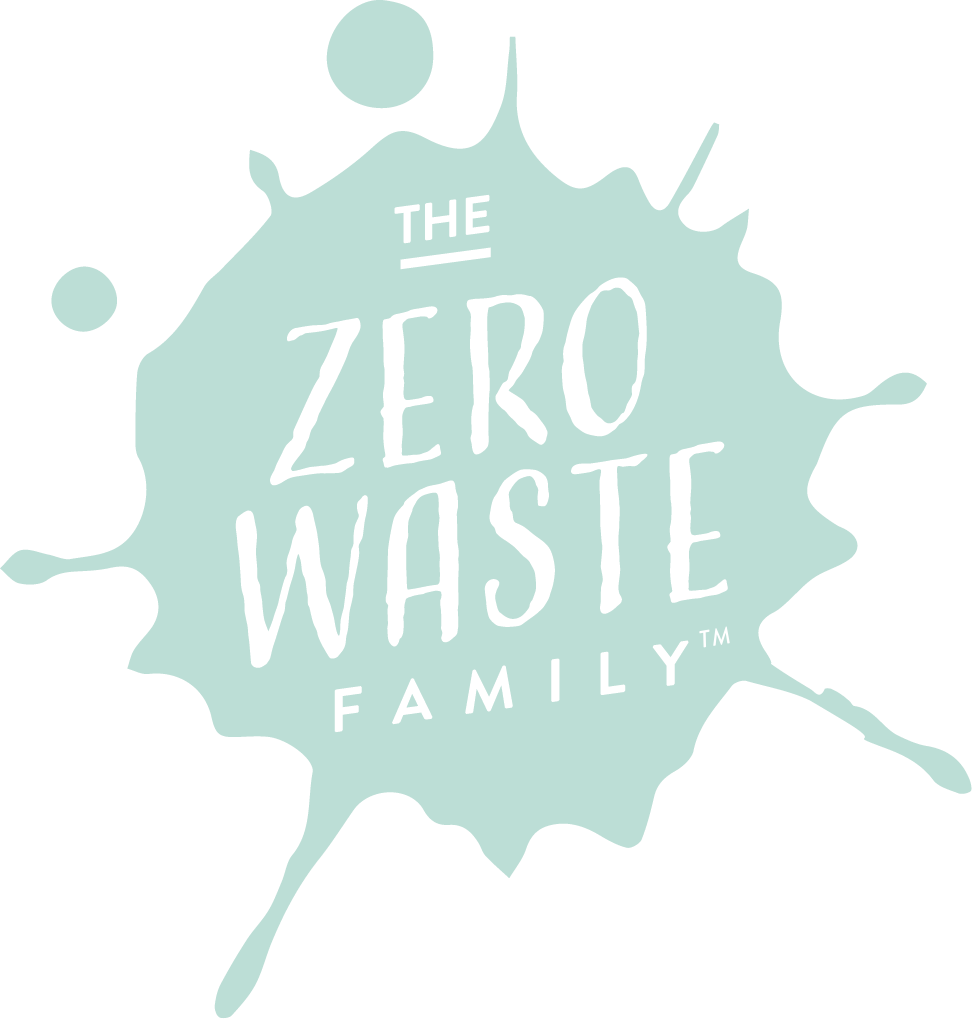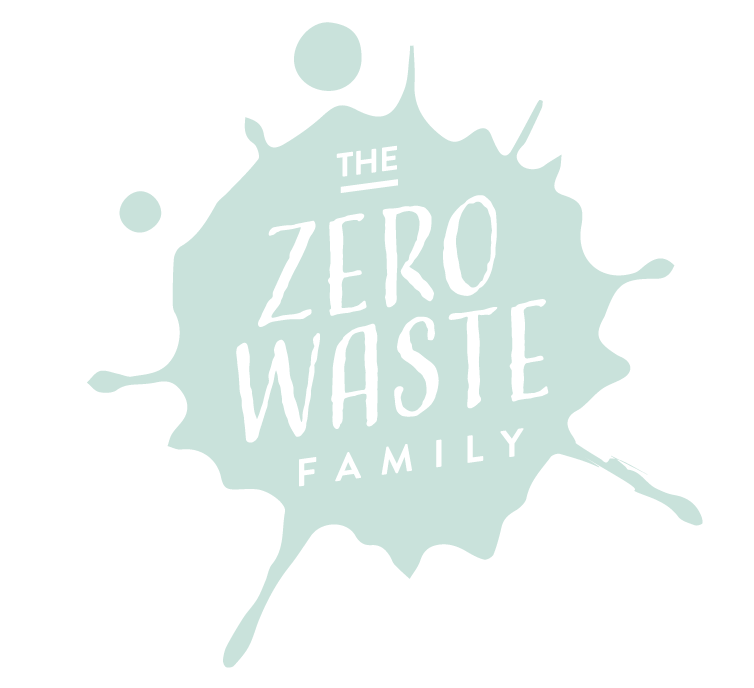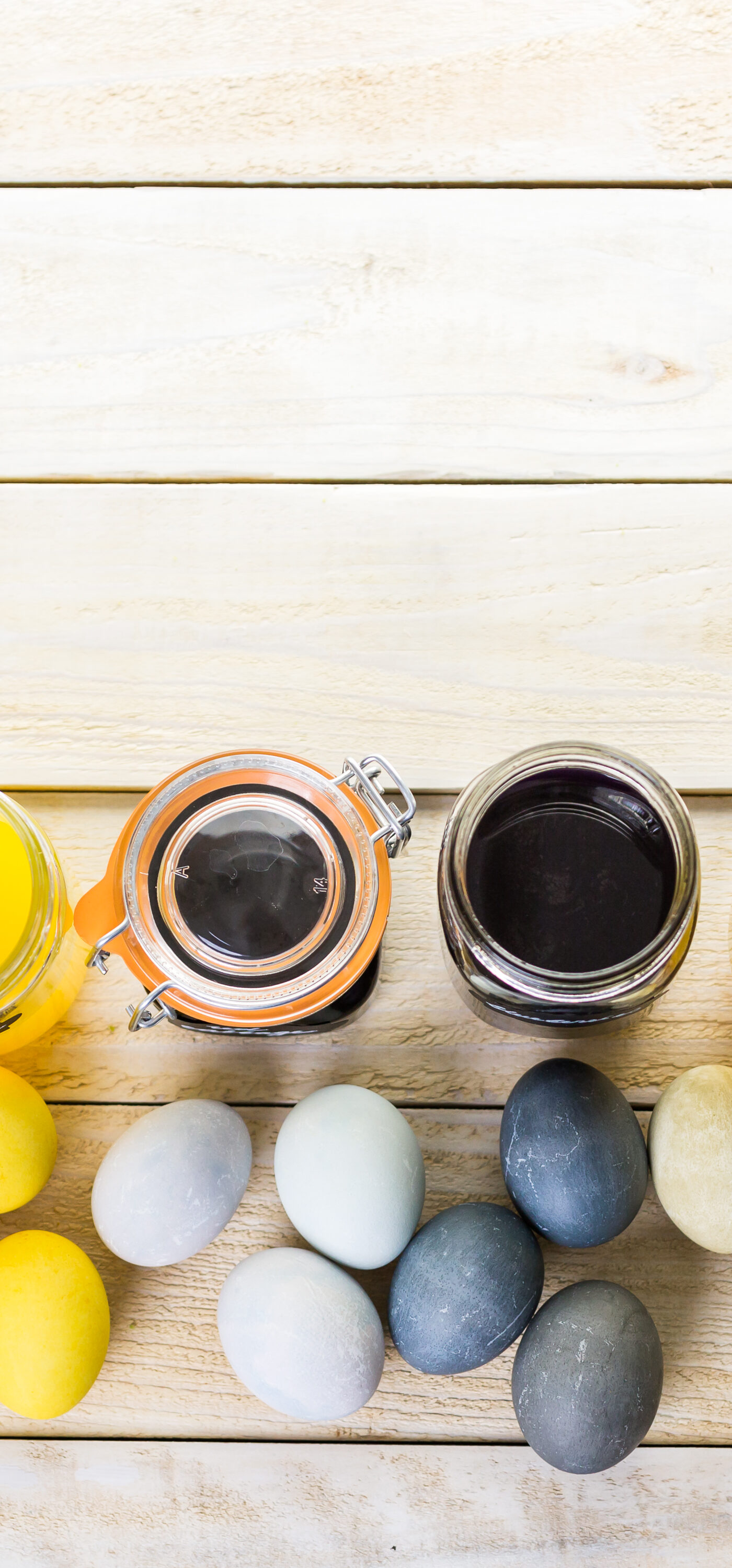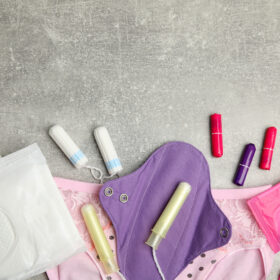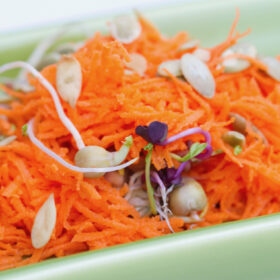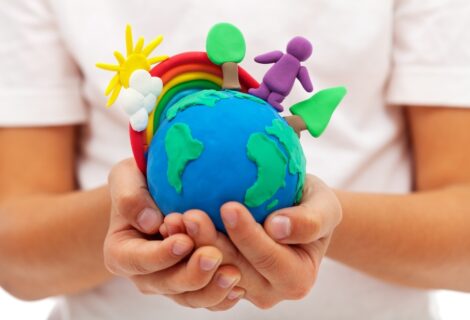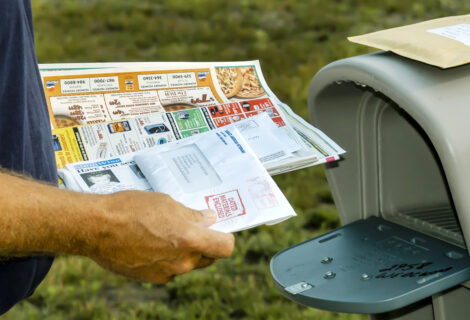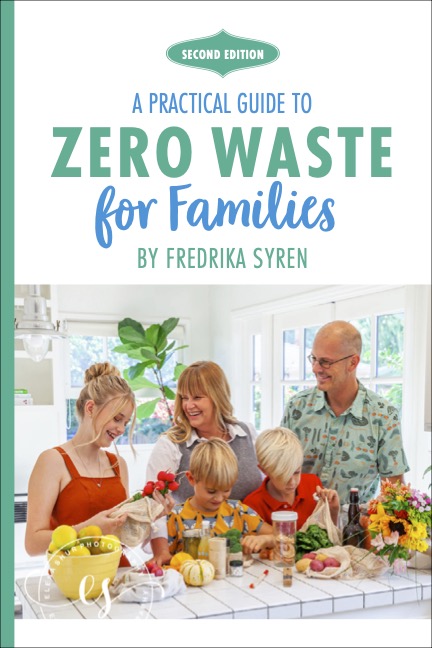How to Have a Sustainable Easter with Kids
Easter is right around the corner, and who can resist the joy of watching kids paint eggs and run around in search of hidden treasures? Unfortunately, the environmental impact of Easter has surged, increasing by 20-43 percent in recent years. This poses a dilemma for environmentally conscious parents who want to ensure their kids’ happiness during Easter time.
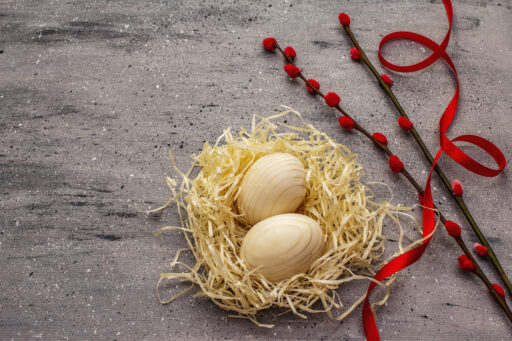
The good news is that there are creative solutions that achieve a balance by minimizing waste during the Easter celebrations your kids cherish.
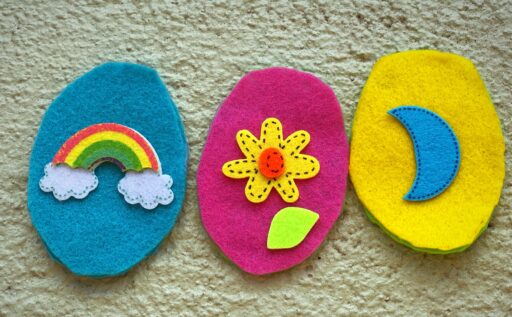
Eggs for Your Easter Egg Hunt
Of course, the regular plastic eggs used for hiding goodies are reusable, but if you, like my family, try to avoid plastic, there are other plastic-free and waste-free options. Try these supplies instead:
· wooden eggs
· cardboard eggs
· metal eggs
· glass jars
Candy

While we buy candy and treats to fill our kids’ baskets, we also enjoy having the Easter Bunny bring non-candy gifts! One year, the Easter Bunny brought snorkel gear; another year, homemade essential oil playdough packaged in glass jars. He’s also brought egg-shaped bath bombs with flowers and art supplies.
If you lack access to bulk candy, buying candy in recyclable paper, cardboard, or foil is best. Another option, though it requires a bit more effort, is to make your own candy, like gummy bears, lollipops, caramels, chocolate-dipped marzipan eggs, and brittles. The bonus is that you’ll be sure the candy your children are eating is free of artificial flavoring and colors.
Baskets
Instead of plastic baskets with plastic fake grass, use a wicker basket, cloth, or reusable bag for the kids to collect eggs in. You can still decorate them festively with ribbons, paint, and cloth. And remember to add name tags for a personalized touch and to avoid any mix-ups.

Egg Dye
Nothing says Easter quite like dying eggs with kids. Our family uses all-natural coloring from kitchen ingredients like herbs and spices—they make vibrant dyes! The exciting part is the element of surprise. With natural dyes, you never know what colors you’ll end up with! Using natural ingredients requires a bit more patience as these dyes take a bit longer to dry, sometimes overnight, but it’s worth the effort!
Use this handy color guide as a reference:
Yellow onion skins — Yellow to dark orange
Turmeric or cumin — Bright yellow
Spirulina — Bright Green
Red beets — Pink to red
Red onion skins — Pale purple to red
Red cabbage — Blue (strange, but true)
Spinach — Green
Purple grape juice (use as is) — Lavender
Coffee (use as is) — Tan to brown
Chili powder — Orange
Raspberries or blackberries — Pink to purple
Yellow or green apple peels — Yellow-green
Beet Juice or powder — Pink to purple
Directions
Boil 2 cups of water with 2 Tbsp of your chosen ingredient from the list above. Reduce to a simmer until the water is the color of your choice. Cool water before using. Add hard-boiled eggs to the dye and let them soak until the desired color is reached.
Another option is to paint your eggs with watercolors. We like to use pigments we buy in bulk from Natural Earth Paint, which we simply mix with water to make paint.
If you wish not to paint chicken eggs, painting wooden eggs is a great option that my kids always love. You can buy kits from Natural Earth Paint as well.
Food
For me, Easter is about celebrating Spring! I like to serve colorful food, preferably from my own garden or from our local farmers market.
Here is what we usually serve on Easter:
Vegan Pavlova Topped with Mango
Hummus with Crackers and Crudities
Oven-Roasted Cabbage with Couscous and Carrot-Ginger Yogurt
Easter Kids Crafts
Easter is the perfect time to get crafty with kids! Here’s an article about the kids’ crafts we love! and here is a video of the kids doing a Easter craft from upcycled materials:
